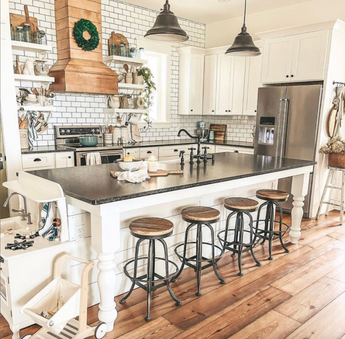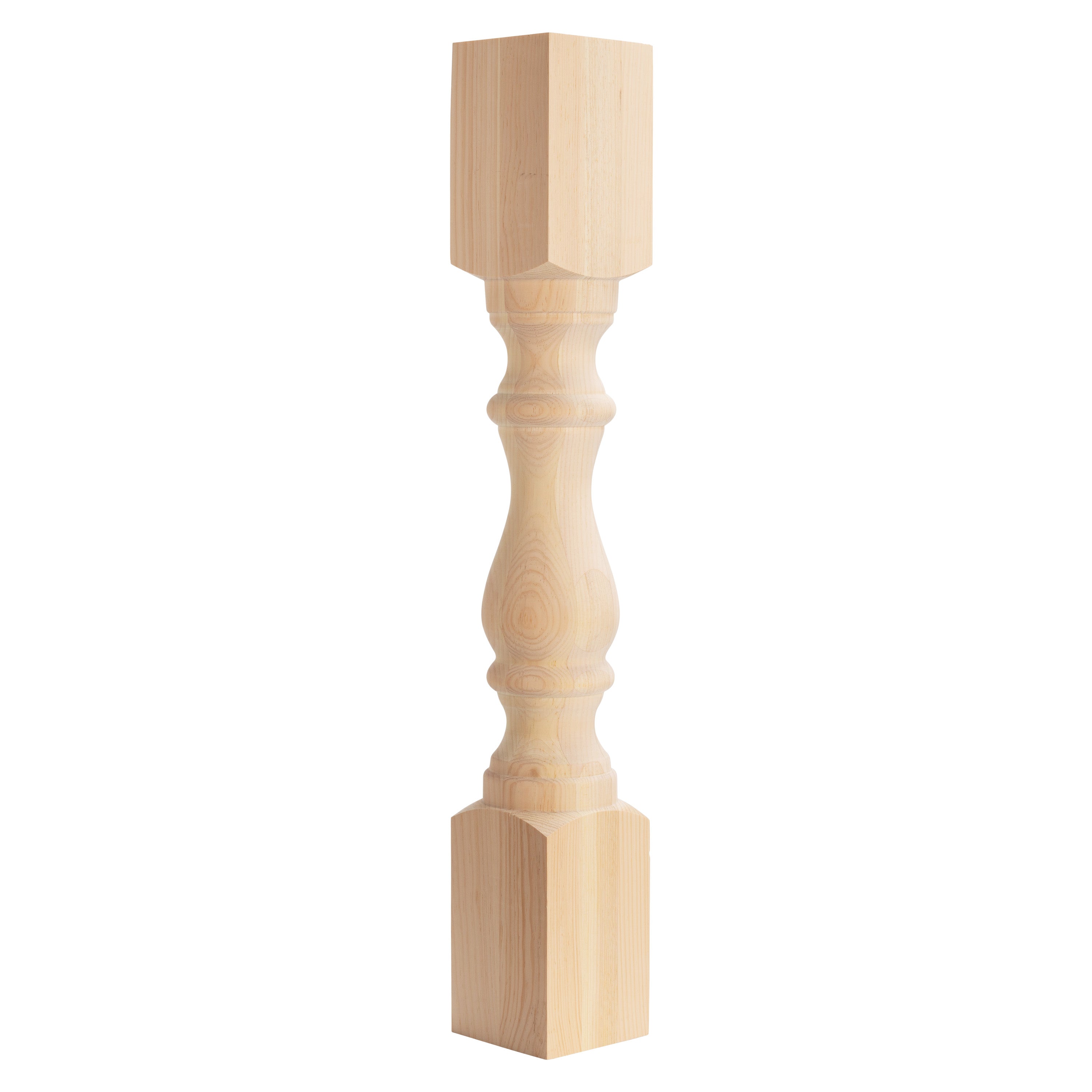A Comprehensive Overview to Choosing the Right Kitchen Island Leg
A Comprehensive Overview to Choosing the Right Kitchen Island Leg
Blog Article
Discovering the Necessary Features of a Cooking Area Island Leg for Your Culinary Space
The cooking area island functions as a central hub in any culinary space, and the option of leg style is crucial in enhancing both its performance and aesthetic allure. Comprehending the crucial functions of kitchen area island legs-- including product alternatives, style styles, and stability factors-- can significantly influence the total experience within the kitchen. As we discover these aspects, we will uncover just how thoughtful modification and devices can elevate your kitchen area island from a simple utility to a striking centerpiece. What certain considerations should be focused on to achieve this balance?
Value of Kitchen Island Legs
Kitchen area island legs play an important role in both the capability and visual appeals of a cooking area space. They not only sustain the weight of the island yet also boost the total layout, adding to the kitchen's visual charm. The selection of legs can determine the design of the kitchen area, be it modern-day, conventional, or rustic.
Functionally, durable and properly created legs guarantee security, permitting the secure use of the island for various tasks such as cooking, dining, or enjoyable. Solid legs stop tottering and moving, offering a trusted surface for everyday tasks.
Furthermore, the height and positioning of the legs can influence the convenience level for those seated at the island. A well-considered elevation can accommodate bar stools or chairs, advertising an inviting environment for celebrations.
Along with these practical considerations, kitchen island legs can work as a prime focus in the space (kitchen island leg). Decorative or uniquely made legs can elevate the design visual, making the island a centerpiece. Therefore, choosing the ideal cooking area island legs is crucial for stabilizing form and feature in any cooking space
Material Options for Legs
Picking the appropriate material for kitchen area island legs significantly influences both durability and layout. Usual material choices include rock, wood, and metal, each offering unique benefits.
Timber is a prominent choice due to its heat and flexibility. It can be quickly personalized to match different decoration designs, from rustic to modern. Hardwoods like oak and maple give superb toughness and longevity, while softer timbers can be much more at risk to damage.
Steel legs are preferred for their smooth, modern visual. kitchen island leg. Stainless steel and light weight aluminum are not just durable yet additionally immune to rust and deterioration, making them optimal for kitchen settings. They can create a commercial look and are frequently available in numerous coatings to complement various other kitchen aspects
Stone legs, such as granite or marble, add a component of luxury and security. While larger than various other materials, they provide exceptional toughness and can stand up to significant weight. Nonetheless, they might require additional support to make certain correct equilibrium.
Ultimately, the option of material need to align with both practical requirements and the general style vision of the kitchen space, guaranteeing that the island legs improve both utility and aesthetics.
Layout Designs to Think About
What style styles should be considered when selecting Learn More legs for a kitchen island? The option of leg design significantly influences the total visual of your culinary space. For a contemporary cooking area, sleek and minimalistic leg layouts, such as stainless steel or geometric shapes, can boost the modern charm, supplying a tidy and minimalist look.
In comparison, conventional kitchens gain from traditional designs such as turned or sculpted wood legs, which add warmth and character. These choices frequently feature detailed information that match classic home furnishings. For a rustic atmosphere, take into consideration legs made from recovered wood or functioned iron, which bring a natural, natural top quality to the room.
If you lean in the direction of an industrial theme, robust steel legs with a distressed finish might be excellent, providing an edgy yet innovative touch. Furthermore, farmhouse style cooking areas can incorporate chunky legs that stimulate a feeling of sturdiness and homeliness.

Height and Stability Aspects
The elevation and stability of a kitchen area island are important elements that directly impact its functionality and individual experience. An optimal kitchen area island leg should give enough height to suit a variety of tasks, from cooking to laid-back dining. Usually, cooking area islands stand in between 36 to resource 42 inches tall, aligning with standard counter and bar elevations. This variety ensures comfort for users while carrying out various tasks, thus boosting the total usability of the space.
Stability is just as crucial, specifically as cooking area islands typically offer as focal points in cooking environments. The leg's accessory to the island's base should be safe and secure, making sure long life and strength versus the wear and tear of daily usage.
Customization and Devices
Customization options and devices for kitchen island legs can substantially enhance both the aesthetic charm and performance of the room. Home owners can pick from a selection of materials, consisting of wood, steel, and rock, enabling smooth assimilation with existing cooking area decoration. The choice of finish-- be it an all-natural stain, repaint, or powder finish-- more individualizes the look, making certain that the island enhances the general layout style.
Along with product and surface, home owners may likewise discover the incorporation of devices such as decorative brackets, flexible feet, or incorporated shelving. Braces can provide extra assistance while adding to a modern or rustic visual. Flexible feet are particularly helpful for unequal flooring, ensuring the island continues to be stable and degree, which is essential for both safety and security and use.

Conclusion
To conclude, kitchen area island legs offer a vital role in offering security and enhancing the general visual of the culinary area. The choice of products and design styles contributes to both functionality and aesthetic charm, while considerations of height and stability ensure practical use. Modification choices and accessories can boost the kitchen island, making it an unique focal point within the home. Hence, careful factor to consider of these functions is vital for an effective cooking area design.
The kitchen island serves as a central center in any kind of cooking area, and the choice of leg style is critical in enhancing both its functionality and aesthetic appeal. Comprehending the crucial attributes of cooking area island legs-- including product choices, design styles, and stability elements-- can considerably affect the total experience within the kitchen area.Cooking area island legs play a vital duty in both the performance and aesthetics of a kitchen space.What layout styles should be thought about when choosing legs for a kitchen island?In verdict, kitchen island legs offer an important function in giving stability and enhancing the general visual of the culinary area.
Report this page